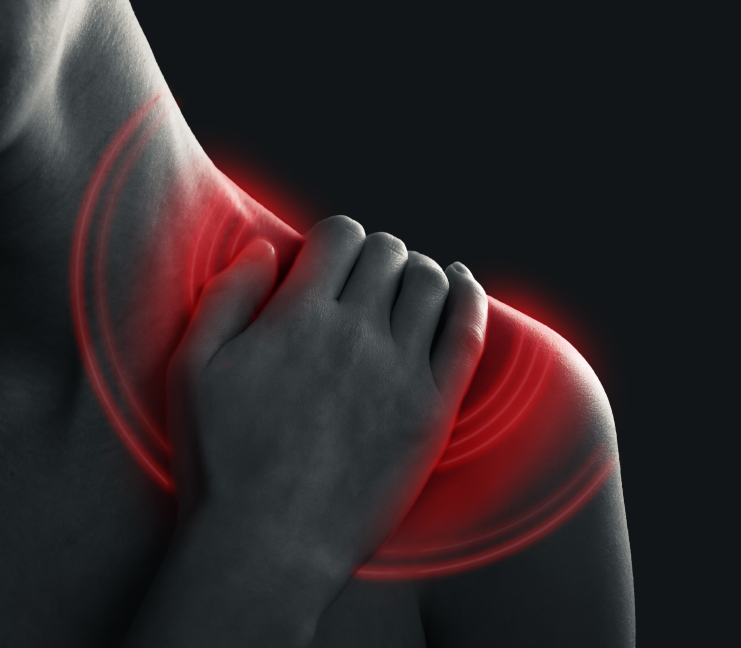
|
A new publication from the National Institute for Occupational Safety and Health (NIOSH), Ergonomic Solutions for Retailers, highlights how workers can reduce strains and sprains when moving materials. While the publication focuses on the grocery sector, the suggestions can be adapted to other scenarios, including for those working in warehouse and storage facilities. The technology presented may also support a retailer’s growing Internet sales that depend on moving large quantities of merchandise, often with fewer employees.
Ergonomic Interventions for Material Handling
The guide recommends using mechanical assist devices during tasks, including unloading trucks and transporting merchandise to the store using a conveyor, transporting and unloading merchandise from the truck to the sales floor, transporting and unloading merchandise onto storage racks, and transporting and unloading merchandise from storage onto the sales floor.
Some of the equipment recommended in the guide includes:
- Height-adjustable conveyors to transport products without the risks of bending and reaching injuries or dropped products (reduces bending and reaching);
- Powered pallet movers to unload pallets from a trailer (reduces bending and reaching);
Join us on Wednesday, June 17, for our in-depth webinar, Employee-Driven Safety: How to Grab Workers’ Attention, Harness Their Buy-In, and Achieve Safety Excellence
- Self-adjusting handcarts for moving products to the sales floor (reduces bending and reaching);
- Flat carts with spring-loaded platforms for moving excess merchandise to a storage rack (reduces bending and lifting);
- Pallet stackers to move loaded pallets to storage racks (reduces lifting and carrying forces);
- Vacuum lifts to move bags of material from pallets (reduces lifting and lowering forces);
- Stocking carts to place products on shelves (reduces bending and awkward postures); and
- Pallet jacks to move boxes from storage to the sales floor (reduces lifting and carrying).
Achieving safety excellence requires you to involve employees in every aspect of safety—from the initial development of your safety program to their day-to-day performance. Click here to learn more!
The guide cautions, however, that material-handling equipment can introduce new hazards and employees must be properly trained to use it. For example, while powered pallet movers reduce the risk of sprain and strain injuries, they can increase the risk of contact-with-object injuries. Similarly, using a pallet jack to transport products can reduce the number of trips between the back room and the sales floor, but pallets can pose a trip hazard to those in the immediate area and can block customers’ access to products.
Tomorrow, we’ll look at effective interventions for office ergonomics.
